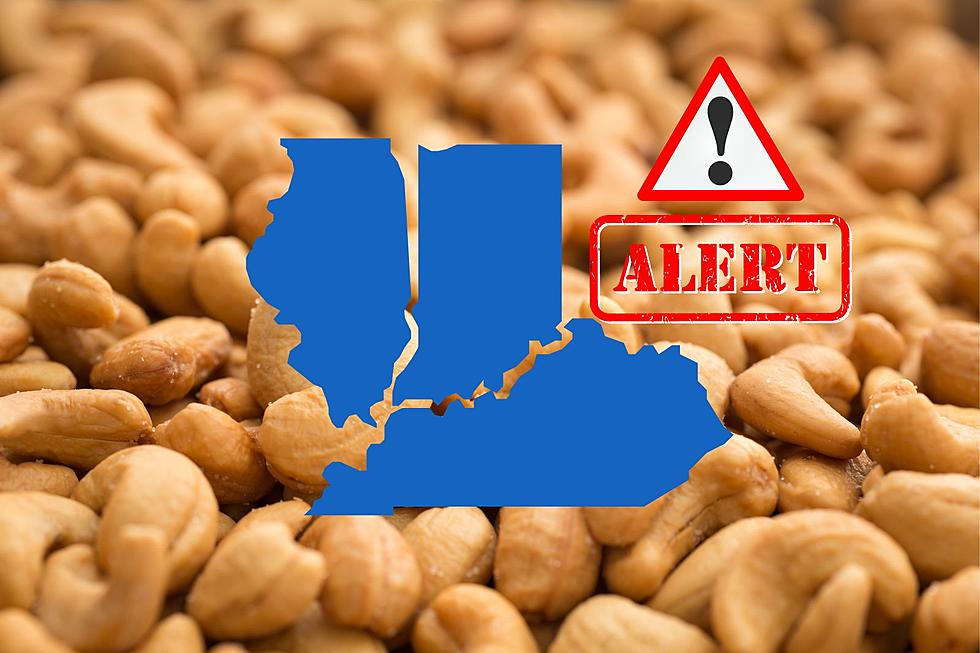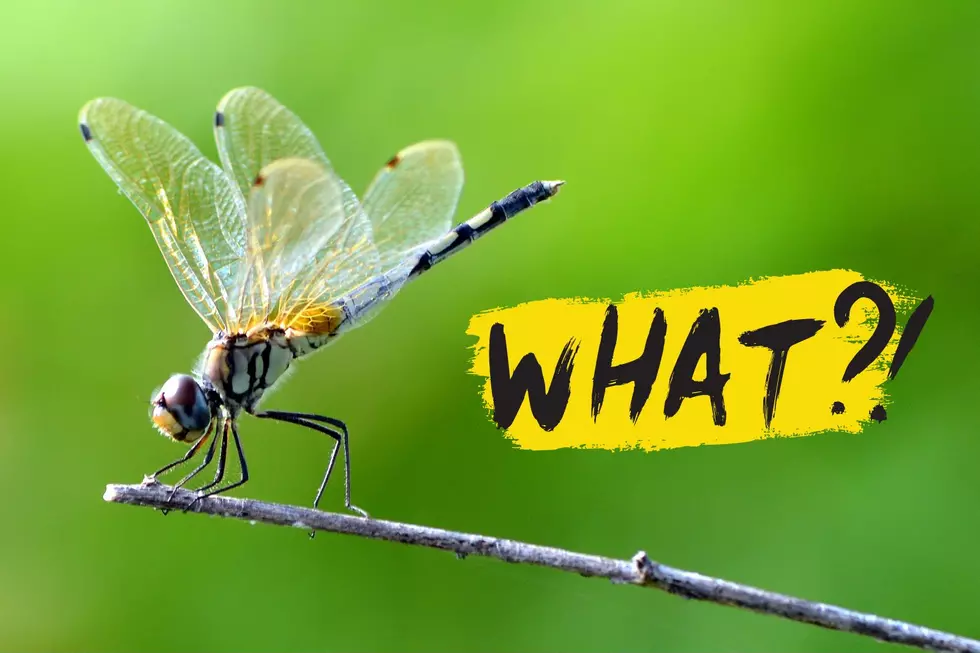
What In The World Is An Ootheca And Do They Exist In Indiana & Kentucky?
Do you know what an ootheca is? I didn't. At least not until I stumbled across a post on social media in one of the groups that I follow that led me into a Google rabbit hole. It turns out they are incredibly common and you can find them in Indiana, Kentucky, Illinois, and pretty much everywhere else in the United States too. But what in the world are they?
How We Got Here
Before I jump straight into what an ootheca is and where you might find one, I thought I would explain how I know so much about them... My nerd brain gets really excited to learn new things. I used to actually just think I was weird whenever I would have the compulsive need to Google something when faced with a "what is that?!" moment. It turns out it was just my ADHD.
Feed Me More Dopamine Please
According to a new study, when you learn something new that you find exciting or interesting, the brain releases dopamine, the body's reward chemical, and because I have ADHD and ADHD is a dopamine deficiency, it only makes sense that my brain would seek out random information as a source of more dopamine. According to TechnologyNetworks,
A new study by researchers at UC Berkeley's Haas School of Business has found that information acts on the brain's dopamine-producing reward system in the same way as money or food...
...The paper, "Common neural code for reward and information value," was published this month by the Proceedings of the National Academy of Sciences. Authored by Hsu and graduate student Kenji Kobayashi, now a post-doctoral researcher at the University of Pennsylvania, it demonstrates that the brain converts information into same common scale as it does for money. It also lays the groundwork for unraveling the neuroscience behind how we consume information--and perhaps even digital addiction.

On To The Ootheca
Now that you know what has made me an expert on oothecae, let me tell you more about them. The short answer is, that they are a mass of insect eggs. To be precise, they are a mass of eggs produced by mantids and cockroaches. According to the Amateur Entomologists' Society, mantis ootheca can contain hundreds of eggs, and when the baby mantids, known as nymphs, emerge they hang on a tiny thread.
An ootheca (plural oothecae) is an egg mass produced by several different groups of insects. Most notably Praying mantids and cockroaches. Oothecae contain many eggs with a protective outer covering.
In the case of mantids the ootheca can contain several hundred eggs. When the young mantis nymphs emerge they hang down below the ootheca on a thread before splitting a sac-like covering and starting a free-living existence.
Ootheca in Indiana
The ootheca that started the dopamine deep-dive in the first place happens to be the former, and even more, specifically was identified as a Carolina Praying Mantis ootheca that was found in Southern Indiana. In the Facebook group All Bugs Go to Kevin, group member, Natalie Gibson Cline shared photos of the ootheca that she found on her railing, saying,
Edited to add: they hadn’t hatched yet! Check out the videos in the comments.
Edit: Dates should say Sept 2021 & May 2022. ♀️
So this Carolina mantis ootheca has been on my railing for 8 months. Will it still hatch? Did I miss it? Did they not make it?
Southern Indiana
Did They Hatch?
In comments on her original post, Natalie shared videos of the Carolina Preying Mantis nymphs hatching. It is really quite interesting to see them unfurl themselves from the ootheca! Since I am unable to embed the video from the comment section, I thought I would share this informative video on raising Praying Mantids.
Indiana, Kentucky, and Beyond
The Carolina Praying Mantids is native to, as the name implies, North and South Carolina, but also other parts of the south and the southeastern United States as well as Kentucky, Indiana, and Illinois. There are 17 species of mantids in North America, according to Texas A&M University. They go on to describe the insects...
The praying mantid is a large, elongate, and relatively slow moving insect. They are striking in appearance due to their modified front legs, which are shaped for grasping prey and often held in what appears to be a prayerful pose. Praying mantids have a most flexible neck as well; they are the only insect able to “ look over their shoulders”
Mantids in North America
An additional Google query landed me with Insect Identification for the Casual Observer, where I found a detailed map, highlighting the states and regions in North America where you are likely to encounter a Praying Mantis. Spoiler: It is every state in the United States, including Alaska and Hawaii, as well as several Canadian territories as well.
Benefits of Praying Mantids
Praying Mantids are considered to be incredibly beneficial, particularly for those who garden without the use of harsh chemicals as they are excellent at helping to control other insect species that can invasive and damaging to flora. There are even a number of places, like Idle Wild Butterfly Farm in Louisville, Kentucky, that sell Carolina Praying Mantis ootheca for just that purpose.
If You Like Learning About Bugs
If you like learning about bugs or are just looking for a dopamine hit for your own brain, be sure you check out the deep dive I did to learn all about Dragonhunters - the largest dragonfly species that can fly up to 25 mph while chasing its prey (usually other dragonflies!) Then keep scrolling to see some amazing nature photos from nearby Shawnee National Forest in Southern Illinois.
Beautiful Nature Photos from Shawnee National Forest Will Make You Want to Visit Southern Illinois
More From WDKS-FM









